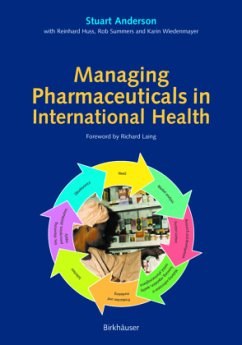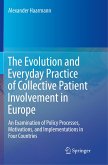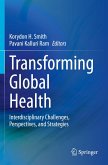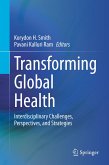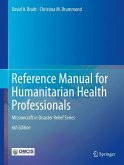The ready availability of essential drugs to entire populations is a key determinant of public health in all countries. Addressing the great inequalities in drug supply is one of the major challenges in international health. Many of the problems can only be tackled at a global level by agencies, governments and pharmaceutical companies working together. Others require action at national or regional level through attention to health systems, or necessitate action at the local level by working with communities.
This book aims to provide the student of international health with an introduction to the international pharmaceutical scene: Who are the key players and what are their roles? What has been achieved so far, and what remains to be done? What are the prospects for the future?
The book will be of particular interest to those involved with the management of medicines at any level, and to those with an interest in improving access to medicines for all in a fair and equitable way.
"One third of the world's population lack effective access to quality assured essential medicines used rationally". When WHO first made this statement fifteen years ago, there was general concern that medical miracles such as antibiotics, antiparasitic medicines, vaccines and anal gesics would not be available to many people. Today, the proportion of those lack ing access is lower in Asia and Latin America and higher in Africa but there are probably about two billion people in this situation. This book describes the many problems involved, and then puts together possible solutions based on country expe riences in a comprehensive and coherent manner. Many people lack access to essential medicines because they and their countries are poor, and because of inefficiencies in their health systems. We know that in low and middle income countries between 25 and 40 per cent of health expenditure is on medicines, and that most of that expenditure is out of pocket. Often this amounts to less than US $ 2 per head per year! In contrast, high income countries spend only 8 to 15 per cent of health expenditure on medicines, and this is mostly paid for by health insurance or social security funds. High income country expen diture may be over US $ 400 per person per year! So managing the scanty resources available in low income countries becomes all the more important.
This book aims to provide the student of international health with an introduction to the international pharmaceutical scene: Who are the key players and what are their roles? What has been achieved so far, and what remains to be done? What are the prospects for the future?
The book will be of particular interest to those involved with the management of medicines at any level, and to those with an interest in improving access to medicines for all in a fair and equitable way.
"One third of the world's population lack effective access to quality assured essential medicines used rationally". When WHO first made this statement fifteen years ago, there was general concern that medical miracles such as antibiotics, antiparasitic medicines, vaccines and anal gesics would not be available to many people. Today, the proportion of those lack ing access is lower in Asia and Latin America and higher in Africa but there are probably about two billion people in this situation. This book describes the many problems involved, and then puts together possible solutions based on country expe riences in a comprehensive and coherent manner. Many people lack access to essential medicines because they and their countries are poor, and because of inefficiencies in their health systems. We know that in low and middle income countries between 25 and 40 per cent of health expenditure is on medicines, and that most of that expenditure is out of pocket. Often this amounts to less than US $ 2 per head per year! In contrast, high income countries spend only 8 to 15 per cent of health expenditure on medicines, and this is mostly paid for by health insurance or social security funds. High income country expen diture may be over US $ 400 per person per year! So managing the scanty resources available in low income countries becomes all the more important.

